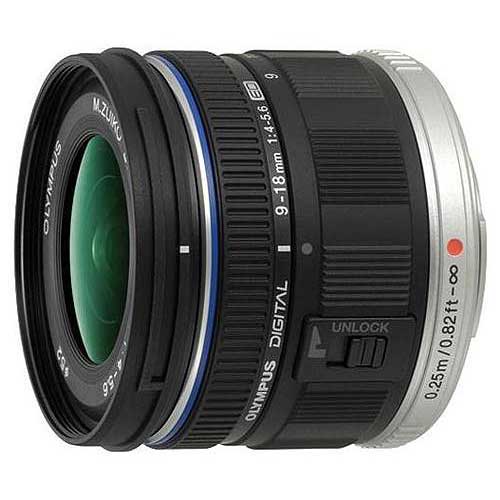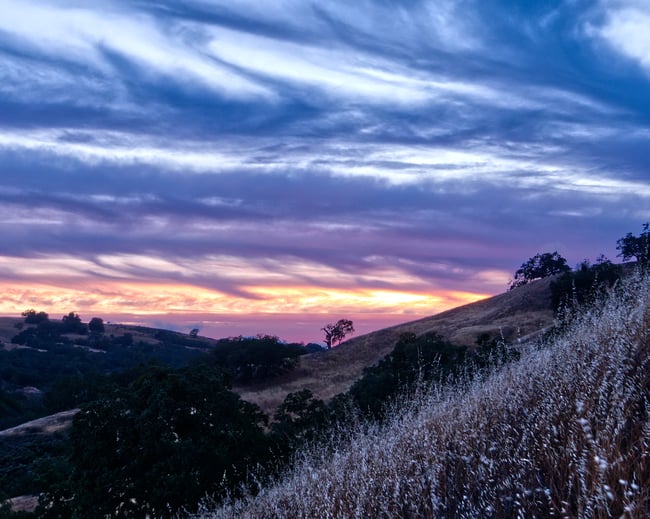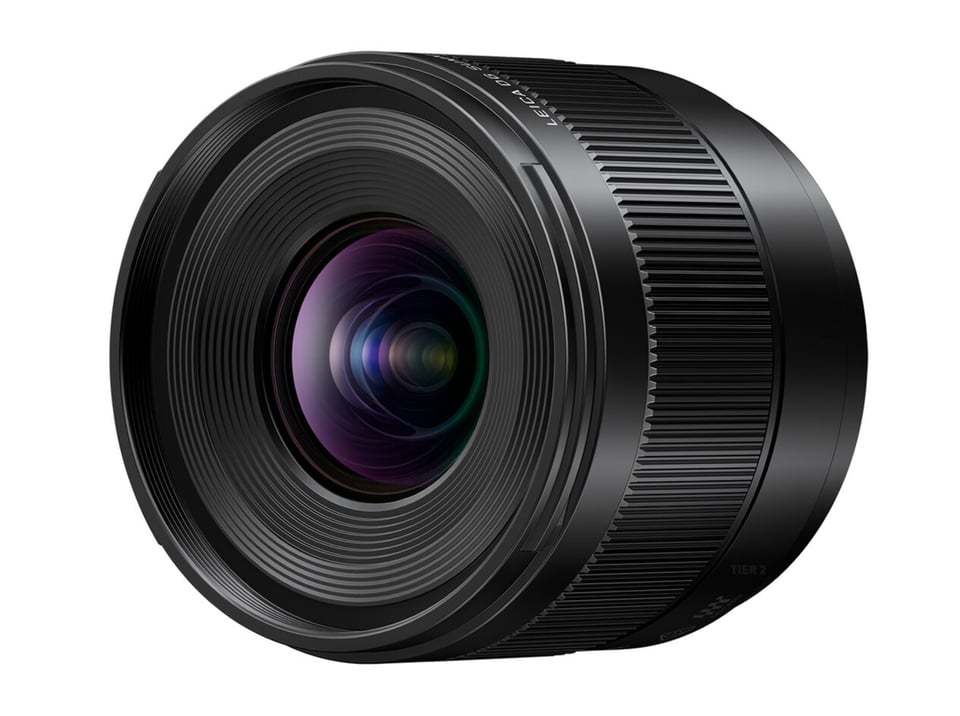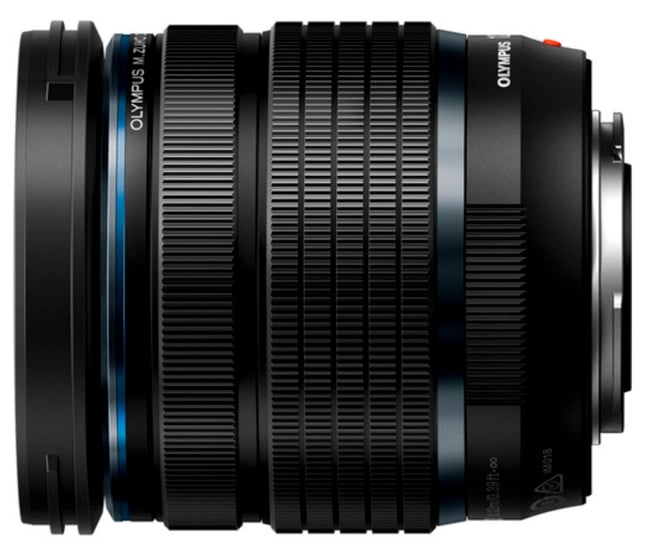أفضل عدسات Micro Four Thirds: 11 من عدساتي المفضلة
The Best Micro Four Thirds Lenses: 11 of My Favorites
إحدى مزايا كاميرات Micro Four Thirds هي أنه يمكن استخدام عدسات Panasonic وOlympus (نظام OM) وعدسات الطرف الثالث المزودة بحامل Micro Four Thirds على أي كاميرا Micro Four Thirds. أيضًا، ويرجع ذلك جزئيًا إلى المنافسة بين شركتي Panasonic وOlympus، مما يجعل هذه العدسات مثيرة للإعجاب دائمًا وبأسعار معقولة. وفي هذا المقال أسلط الضوء على أفضل العدسات التي استخدمتها في عدسة Micro Four Thirds.
لقد قمت بتنظيم المقالة لتشمل خيارين لأفضل العدسات واسعة الزاوية، وأفضل عدسة عادية، وأفضل عدسة تليفوتوغرافي، وأفضل عدسة ماكرو، وأفضل عدسة مُكيَّفة. لقد قمت بتضمين العديد من نماذج الصور، لذا تأكد من النقر على عروض الشرائح!
DC-G9 + OLYMPUS M.60mm F2.8 Macro عند 60 مم، ISO 400، 1/250، f/4.0
One of the advantages of Micro Four Thirds cameras is that Panasonic, Olympus (OM System), and third party lenses with a Micro Four Thirds mount can be used on any Micro Four Thirds camera. Also, in part because of the competition between Panasonic and Olympus, these lenses are consistently impressive and affordable. In this article, I highlight the best lenses I’ve used on Micro Four Thirds.
I’ve organized the article to include a couple options of the best wide angle lenses, best normal lens, best telephoto lens, best macro lens, and best adapted lens. I’ve included several sample photos, so be sure to click through the slideshows!
 DC-G9 + OLYMPUS M.60mm F2.8 Macro @ 60mm, ISO 400, 1/250, f/4.0
DC-G9 + OLYMPUS M.60mm F2.8 Macro @ 60mm, ISO 400, 1/250, f/4.0
The Best Micro Four Thirds Lenses: 11 of My Favorites
إحدى مزايا كاميرات Micro Four Thirds هي أنه يمكن استخدام عدسات Panasonic وOlympus (نظام OM) وعدسات الطرف الثالث المزودة بحامل Micro Four Thirds على أي كاميرا Micro Four Thirds. أيضًا، ويرجع ذلك جزئيًا إلى المنافسة بين شركتي Panasonic وOlympus، مما يجعل هذه العدسات مثيرة للإعجاب دائمًا وبأسعار معقولة. وفي هذا المقال أسلط الضوء على أفضل العدسات التي استخدمتها في عدسة Micro Four Thirds.
لقد قمت بتنظيم المقالة لتشمل خيارين لأفضل العدسات واسعة الزاوية، وأفضل عدسة عادية، وأفضل عدسة تليفوتوغرافي، وأفضل عدسة ماكرو، وأفضل عدسة مُكيَّفة. لقد قمت بتضمين العديد من نماذج الصور، لذا تأكد من النقر على عروض الشرائح!
DC-G9 + OLYMPUS M.60mm F2.8 Macro عند 60 مم، ISO 400، 1/250، f/4.0
One of the advantages of Micro Four Thirds cameras is that Panasonic, Olympus (OM System), and third party lenses with a Micro Four Thirds mount can be used on any Micro Four Thirds camera. Also, in part because of the competition between Panasonic and Olympus, these lenses are consistently impressive and affordable. In this article, I highlight the best lenses I’ve used on Micro Four Thirds.
I’ve organized the article to include a couple options of the best wide angle lenses, best normal lens, best telephoto lens, best macro lens, and best adapted lens. I’ve included several sample photos, so be sure to click through the slideshows!
 DC-G9 + OLYMPUS M.60mm F2.8 Macro @ 60mm, ISO 400, 1/250, f/4.0
DC-G9 + OLYMPUS M.60mm F2.8 Macro @ 60mm, ISO 400, 1/250, f/4.0


 DC-G9 + OLYMPUS M.9-18mm F4-5.6 @ 9mm, ISO 800, 60/1, f/4.5
DC-G9 + OLYMPUS M.9-18mm F4-5.6 @ 9mm, ISO 800, 60/1, f/4.5 E-M1 + OLYMPUS M.9-18mm F4-5.6 @ 9mm, ISO 1250, 1/500, f/11.0
E-M1 + OLYMPUS M.9-18mm F4-5.6 @ 9mm, ISO 1250, 1/500, f/11.0 DC-G9 + OLYMPUS M.9-18mm F4-5.6 @ 18mm, ISO 320, 1/10, f/5.6
DC-G9 + OLYMPUS M.9-18mm F4-5.6 @ 18mm, ISO 320, 1/10, f/5.6 DC-G9 + OLYMPUS M.9-18mm F4-5.6 @ 13mm, ISO 160, 1/250, f/5.6
DC-G9 + OLYMPUS M.9-18mm F4-5.6 @ 13mm, ISO 160, 1/250, f/5.6 E-M1 + OLYMPUS M.9-18mm F4-5.6 @ 18mm, ISO 320, 1/8, f/5.6
E-M1 + OLYMPUS M.9-18mm F4-5.6 @ 18mm, ISO 320, 1/8, f/5.6 DC-G9 + OLYMPUS M.9-18mm F4-5.6 @ 9mm, ISO 400, 50/1, f/4.0
DC-G9 + OLYMPUS M.9-18mm F4-5.6 @ 9mm, ISO 400, 50/1, f/4.0 DC-G9 + OLYMPUS M.9-18mm F4-5.6 @ 11mm, ISO 200, 1/125, f/11.0
DC-G9 + OLYMPUS M.9-18mm F4-5.6 @ 11mm, ISO 200, 1/125, f/11.0 DC-G9 + OLYMPUS M.9-18mm F4-5.6 @ 9mm, ISO 800, 1/15, f/4.5
DC-G9 + OLYMPUS M.9-18mm F4-5.6 @ 9mm, ISO 800, 1/15, f/4.5
 DC-G9 + LEICA DG SUMMILUX 9mm F1.7 @ 9mm, ISO 400, 1/10000, f/1.7
DC-G9 + LEICA DG SUMMILUX 9mm F1.7 @ 9mm, ISO 400, 1/10000, f/1.7 DC-G9 + LEICA DG SUMMILUX 9mm F1.7 @ 9mm, ISO 100, 1/20, f/4.5
DC-G9 + LEICA DG SUMMILUX 9mm F1.7 @ 9mm, ISO 100, 1/20, f/4.5 DC-G9 + LEICA DG SUMMILUX 9mm F1.7 @ 9mm, ISO 250, 1/8, f/5.6
DC-G9 + LEICA DG SUMMILUX 9mm F1.7 @ 9mm, ISO 250, 1/8, f/5.6 DC-G9 + LEICA DG SUMMILUX 9mm F1.7 @ 9mm, ISO 100, 1/100, f/2.5
DC-G9 + LEICA DG SUMMILUX 9mm F1.7 @ 9mm, ISO 100, 1/100, f/2.5 DC-G9 + LEICA DG SUMMILUX 9mm F1.7 @ 9mm, ISO 200, 1/200, f/8.0
DC-G9 + LEICA DG SUMMILUX 9mm F1.7 @ 9mm, ISO 200, 1/200, f/8.0 DC-G9 + LEICA DG SUMMILUX 9mm F1.7 @ 9mm, ISO 100, 1/250, f/9.0
DC-G9 + LEICA DG SUMMILUX 9mm F1.7 @ 9mm, ISO 100, 1/250, f/9.0 DC-G9 + LEICA DG SUMMILUX 9mm F1.7 @ 9mm, ISO 125, 1/640, f/4.0
DC-G9 + LEICA DG SUMMILUX 9mm F1.7 @ 9mm, ISO 125, 1/640, f/4.0 The Olympus 12-45 f/4 PRO
The Olympus 12-45 f/4 PRO
تعليق